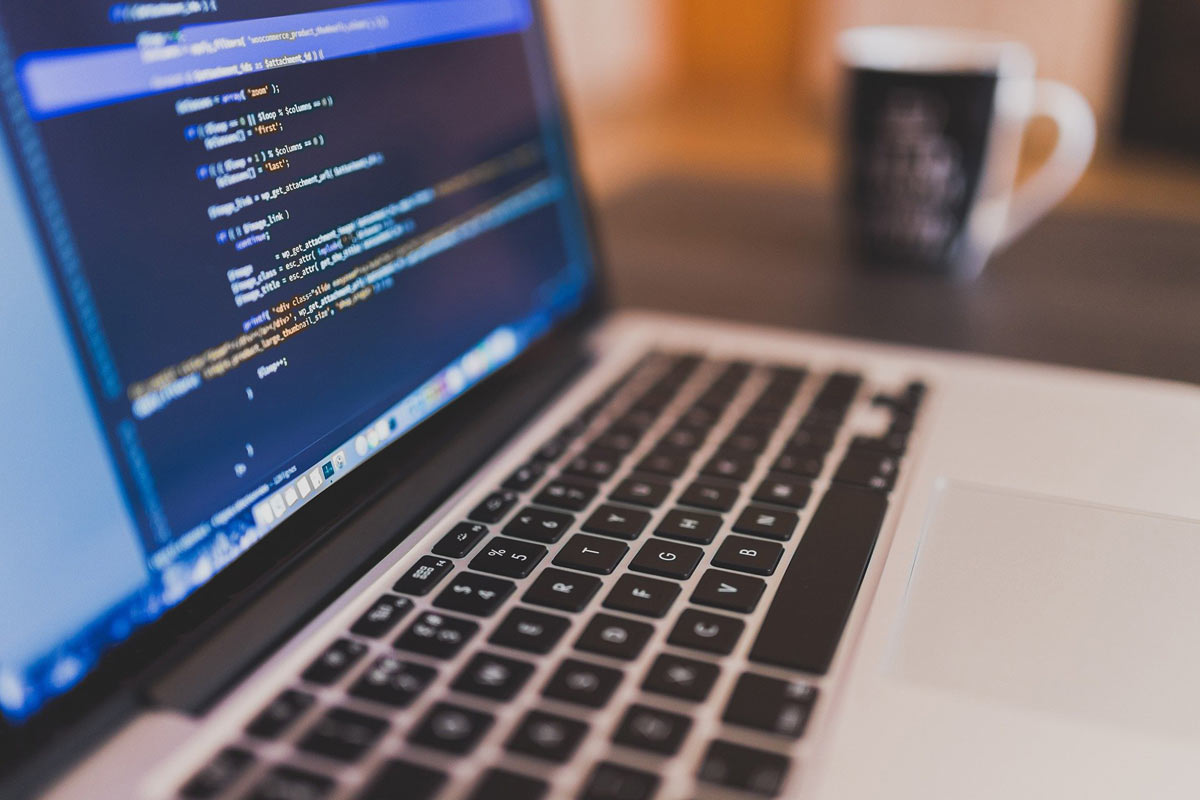Do you actually remember the experience of using MacBook Pro for the first time? It’s awesome, right? But, with regular use, you might feel that it is running a bit slow. Yes, it is true that this kind of situation didn’t take place before. So, why is it happening now? There must be certain valid reasons behind it. Let’s find out.
But, at the same time, whatever be the reasons, your prime intention should be- how to speed up MacBook Pro. A slow system can delay the entire working procedure, and will also create a barrier while you are trying to accomplish your daily work
Table of Contents
Probable Reasons for System Slow Down
There are various reasons that are solely responsible for slowing down your MacBook Pro. Some of them are like- malware in the system, more amount of cache files, problems in the system registry, unwanted applications. Knowing the probable causes will help you to trigger the process of speed up MacBook Pro.
Let’s Speed Up MacBook Pro
Now, you will get to know some important processes that will help you to free up your Macintosh computer and boost its performance. Make sure that you follow and perform these procedures with delicate precision, as Macintosh is quite different from other OS.
1.Eliminate the resource-consuming apps
No matter how many applications you close in the front-end of the computer, some applications still occupy the RAM in the background. It is obviously unknown to you. That is why you have to close all the front-end applications first. Then, access the Activity monitor in the system to check how many background applications are running.
On the other hand, you can also use the Utilities Folder and the Spotlight. After finding the background applications section, click on the Column name to see how many apps are running. Close each one of them to speed up MacBook Pro.
2.Take care of the start-up applications
Whenever you turn on your computer, certain applications also start automatically. These applications might be important to you, but automatic startup at the beginning of the application process can gradually slow down the system. That is why you must speed up MacBook Pro. Just access the System Preferences and go to the Users & Groups. After that, you can see your Username. Click on it and you will find the Login Items. Now, select the applications that usually start automatically as soon as the computer boots up.
3.Make changes in the Preference panes
You will only be able to access the preference pane with the help of the System Preferences. This is the only place where you can add your customized items or applications that you use while working. If you are not using them, then it is better not to keep them on the pane. If the items were there, then they will use up some unnecessary memory. This has a fair share in slowing down your computer. Delete all the customized items from the pane to free up the memory to speed up MacBook Pro.
4.Perform a memory defragmentation
Memory defragmentation actually means defragmenting the hard drive. The defragmentation process splits up the drive into small clusters. After that, the data stored in those clusters also get divided. This helps any computer to run smoothly. But, on the other hand, Apple has its own dedicated safeguards. To make these safeguards work, you have to be sure that there is at least 10% disk space.
5.Stop the synchronization processes
Whenever you try to upload your data to the iCloud, it gains access to your computer. Try uploading the files to the iCloud. The process continues when you add or download the files to your computer. iCloud still runs in the background. Thus, when you are working with some other applications, the MacBook becomes slow. So, when you don’t have to upload any files on the iCloud, then don’t open the application after turning on the computer. If it runs at the system startup, then close it completely.
6.Free up the secondary memory
The secondary memory here refers to the HDD or the SSD that is installed in your MacBook Pro. Too much amount of files in your computer can slow down the system as the MacBook gets busy in synchronizing the files. If you are having external storage, then move all the photos, videos and other files to the storage. This will free up the maximum amount of secondary memory and your system will run smoothly.
Read: 7 Simple Methods To Fix iTunes Error 3600
Important aspects to Remember
There are also some other important points that you should remember. It is obvious that your system must be free from any type of malicious files. In that case, installing a good antivirus or security software will do the job. Sometimes, when you click on some unknown links while working on the internet, malware and other types of infected files can affect your MacBook. Thus, it will make your system slow. Further, at the end of the day, it is better to scan your entire system. On the other hand, clear the cache files of the MacBook.

